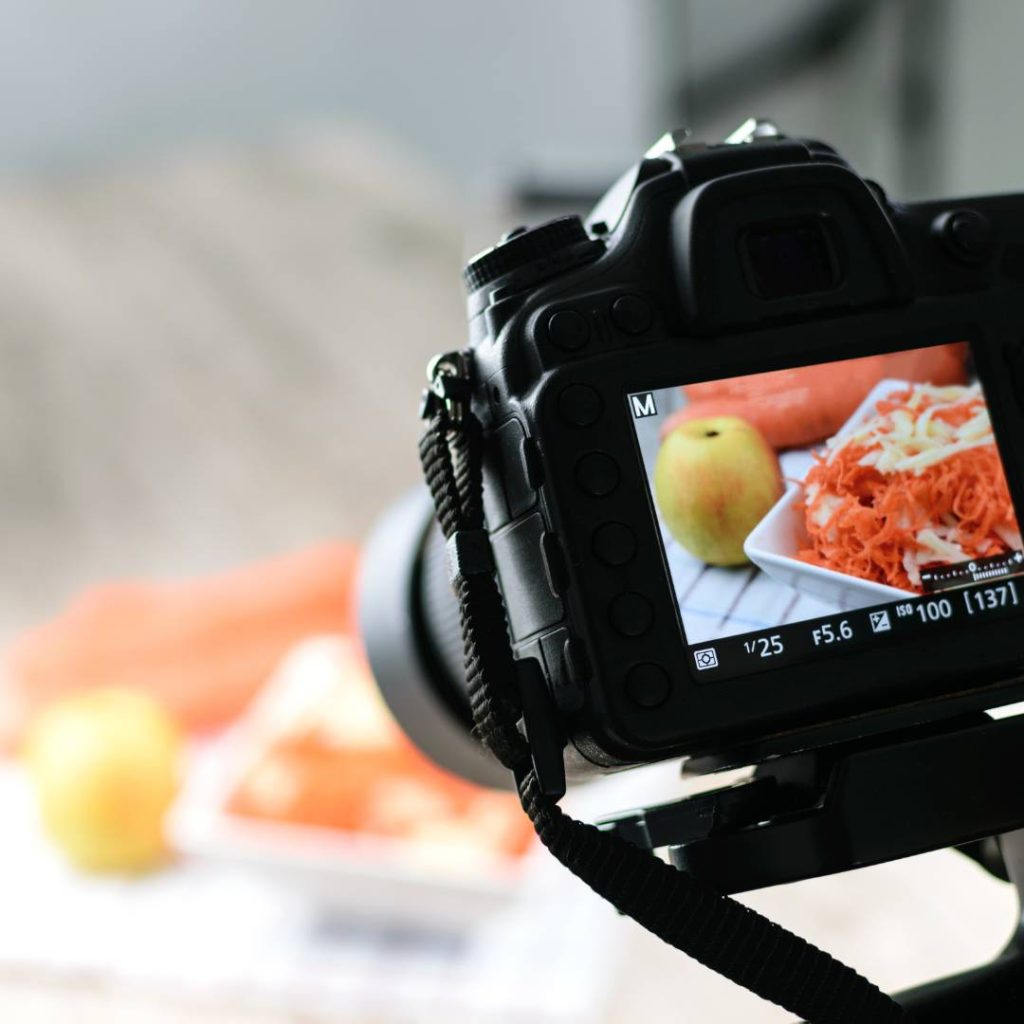
Sensor size is an important factor that affects the quality and performance of a camera.
A larger sensor can capture more light and detail, which results in better image quality, especially in low-light situations.
A larger sensor also allows for a shallower depth of field, which can help isolate the subject and create a pleasing background blur.
This can be useful for food photography, as it can draw attention to the food and make it look more appetizing.
Full Frame Sensors
Full frame sensors are the largest sensors commonly used in digital cameras.
They have the same size as a 35mm film frame, which is about 36 x 24 mm.
Full frame sensors have several advantages over smaller sensors, such as APS-C and Micro Four Thirds.
Advantages of Full Frame Sensors
Higher Resolution
Full-frame sensors can have more megapixels than smaller sensors, which means they can produce sharper and more detailed images.
For example, the Sony a7R IV has a 61 MP full-frame sensor, while the Nikon D850 has a 45.7 MP full frame sensor².
Better dynamic range
Full-frame sensors can capture a broader range of tones and colors, from the darkest shadows to the brightest highlights.
This can help preserve details and avoid clipping or noise in high-contrast scenes.
For example, the Canon EOS 5D Mark IV has a 14-stop dynamic range, while the Nikon D850 has a 15-stop dynamic range.
Lower noise
Full frame sensors have larger pixels than smaller sensors, which means they can collect more light and reduce noise at higher ISO settings.
This can help improve image quality in low-light situations, such as indoor or dimly lit restaurants.
For example, the Canon EOS 6D Mark II has a native ISO range of 100-40,000 (expandable to 50-102,400), while the Nikon D3400 has a native ISO range of 100-25,600.
Wider field of view
Full frame sensors can capture a wider angle of view than smaller sensors with the same focal length lens.
This can help fit more of the scene into the frame, such as a large table or a wide dish.
For example, a 50mm lens on a full-frame camera will have a field of view of about 47 degrees, while on an APS-C camera, it will have a field of view of about 31 degrees.
Disadvantages of Full Frame Sensors:
Full-frame sensors also have some drawbacks, such as:
Higher cost
Full-frame cameras and lenses are usually more expensive than smaller sensor cameras and lenses.
This can be a significant factor for beginners or hobbyists who have a limited budget.
For example, the Canon EOS RP is one of the most affordable full-frame cameras on the market, but it still costs around thousands (body only), while the Nikon D3400 is one of the most popular crop sensor cameras for food photography, and it costs around hundreds (with kit lens).
Larger size and weight
Full-frame cameras and lenses are usually bigger and heavier than smaller sensor cameras and lenses.
This can make them less portable and more cumbersome to carry around or use for long periods of time.
For example, the Canon EOS RP weighs about 485 g (body only), while the Nikon D3400 weighs about 395 g (with battery and memory card).
Smaller depth of field
Full frame sensors have a shallower depth of field than smaller sensors with the same aperture and focal length settings.
This can make it harder to get everything in focus, especially when shooting close-up or macro shots of food.
For example, a 50mm lens at f/2.8 on a full-frame camera will have a depth of field of about 4 cm at a 1 m distance from the subject, while on an APS-C camera, it will have a depth of field of about 6 cm at the same distance.
Therefore, choosing between full-frame and smaller sensor cameras depends on your personal preferences, needs, and budget. There is no definitive answer to which one is better for food photography, as both have their pros and cons.

Some general tips for choosing the best camera and lens for food photography are:
Consider your shooting style and goals
Do you want to shoot wide-angle shots or close-up shots?
Do you want to shoot in natural light or artificial light?
Do you want to shoot indoors or outdoors?
Do you want to shoot for fun or for professional purposes?
These questions can help you narrow down your options and find the best camera and lens for your needs.
Consider the crop factor
If you use a smaller sensor camera, you need to consider the crop factor when choosing your lens.
The crop factor is the ratio between the size of your camera’s sensor and a full-frame sensor.
It affects the effective focal length and field of view of your lens.
For example, if you use an APS-C camera with a 1.5x crop factor, a 50mm lens will act like a 75mm lens on a full-frame camera.
This means you will get a narrower field of view and a longer reach with the same lens.
Consider the aperture
The aperture is the opening in the lens that controls how much light enters the camera.
It is measured in f-stops, such as f/2.8, f/4, f/5.6, etc. The lower the f-stop number, the larger the aperture and the more light it lets in.
A larger aperture also creates a shallower depth of field, which can help isolate the subject and create a blurred background.
A smaller aperture creates a deeper depth of field, which can help keep everything in focus.
For food photography, you usually want to use a large aperture to create a shallow depth of field and make the food stand out.
Consider the focal length
The focal length is the distance between the lens and the sensor when the lens is focused at infinity.
It is measured in millimeters, such as 35mm, 50mm, 85mm, etc.
The focal length affects the magnification and angle of view of your lens.
A shorter focal length (wide-angle) gives you a wider angle of view and less magnification, while a longer focal length (telephoto) gives you a narrower angle of view and more magnification.
For food photography, you usually want to use a medium focal length (normal) to avoid distortion and perspective issues that can occur with wide-angle or telephoto lenses.
Consider the macro capability
Macro capability is the ability of a lens to focus on very close subjects and produce life-size or larger images on the sensor.
Macro lenses are specially designed for this purpose and have a 1:1 magnification ratio or higher.
Macro lenses are ideal for food photography, as they can capture every detail and texture of the food and create stunning close-up shots.
Based on these tips, some of the best lenses for food photography are:
Canon EF 50mm f/1.8 STM
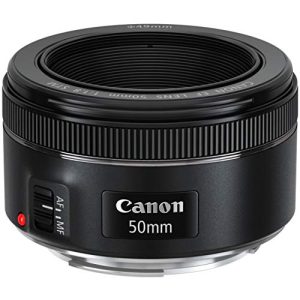
This is an affordable and versatile prime lens that works well on both full-frame and crop-sensor cameras.
It has a fast aperture of f/1.8 that creates a shallow depth of field and a beautiful bokeh effect.
It also has an STM (stepping motor) that provides smooth and quiet autofocus performance.
Nikon AF-S DX Micro NIKKOR 40mm f/2.8G

This macro lens works well on crop sensor cameras.
It has a 1:1 magnification ratio that allows you to capture life-size images of your food. It also has a fast aperture of f/2.8 that creates a shallow depth of field and a nice background blur.



Konnichiwa! (Hello!) I'm Pat Tokuyama, a Japanese tofu cookbook author, who travels for music, food, and adventure. If you like Japanese tea, checkout some of the newestorganic japanese tea, matcha bowls and noren and more!
** Curious about the Plant Based Japanese Cooking Club? ** Learn more here!
Sony FE 90mm f/2.8 Macro G OSS
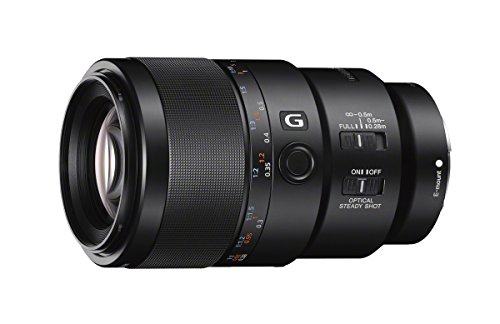
This is a macro lens that works well on full-frame cameras.
It has a 1:1 magnification ratio that allows you to capture life-size images of your food.
It also has a fast aperture of f/2.8 that creates a shallow depth of field and a beautiful bokeh effect.
It also has an OSS (optical steady shot) that provides image stabilization and reduces camera shake.
If you like Sony and want to know more about its food photography camera, I have a blog about the 3 best lenses for Sony mirrorless cameras. Click here to read!
Conclusion
I hope this explanation helps you understand the importance of sensor size and why full frame makes a positive difference in vs APS-C and Micro Four Thirds camera sensors for food photography.
Choosing the best camera and lens requires considering shooting style, budget, and specific needs.
With careful consideration, you can capture stunning food images that captivate viewers.
Further Reading
- Sony FE 90mm vs Sigma 105mm Comparison
- Exploring the Sigma 30mm f/1.4 DC DN Contemporary Lens for Sony E
- The 3 Best Macro Lenses for Sony Mirrorless Cameras
- From Wide to Telephoto: Exploring the Tamron 18-300mm f/3.5-6.3 Di III-A VC VXD Lens for Sony E
- Broadening Perspectives with the Sony FE 20mm f/1.8 G


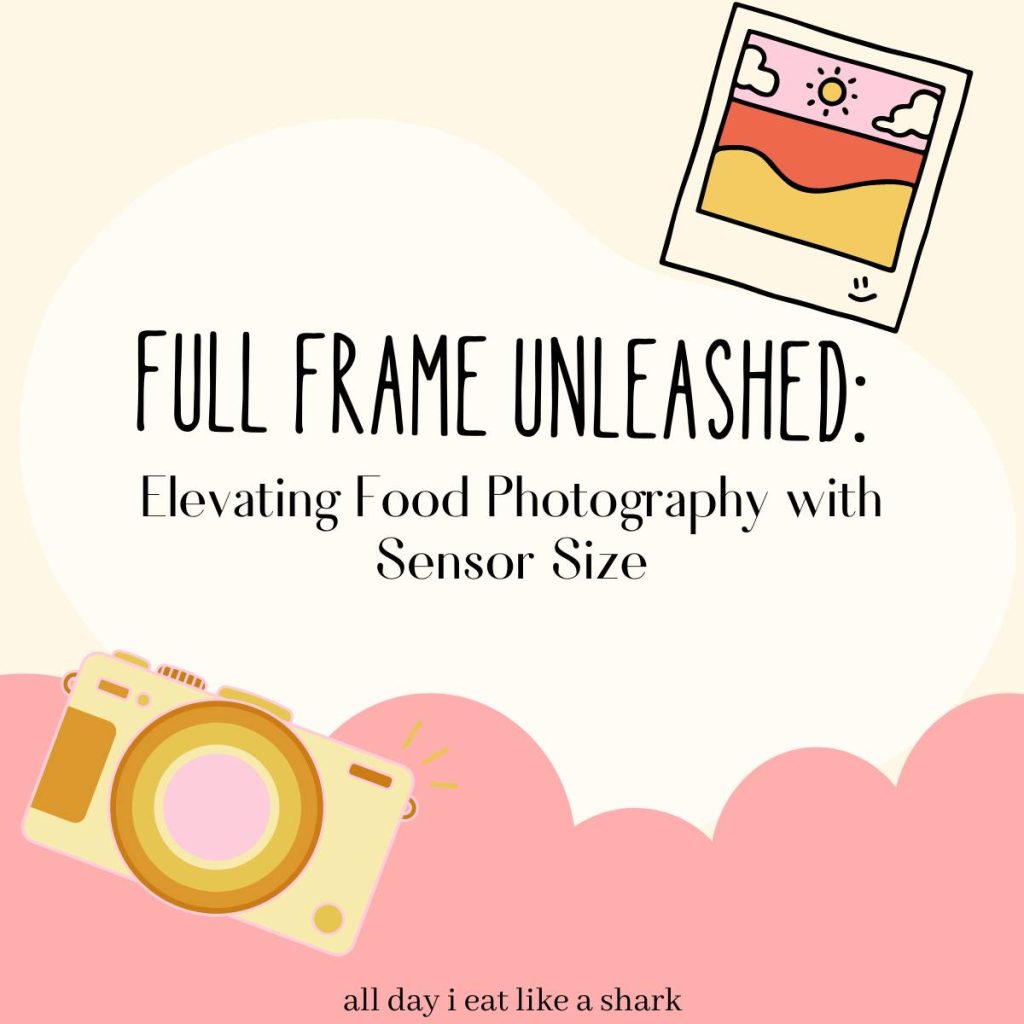

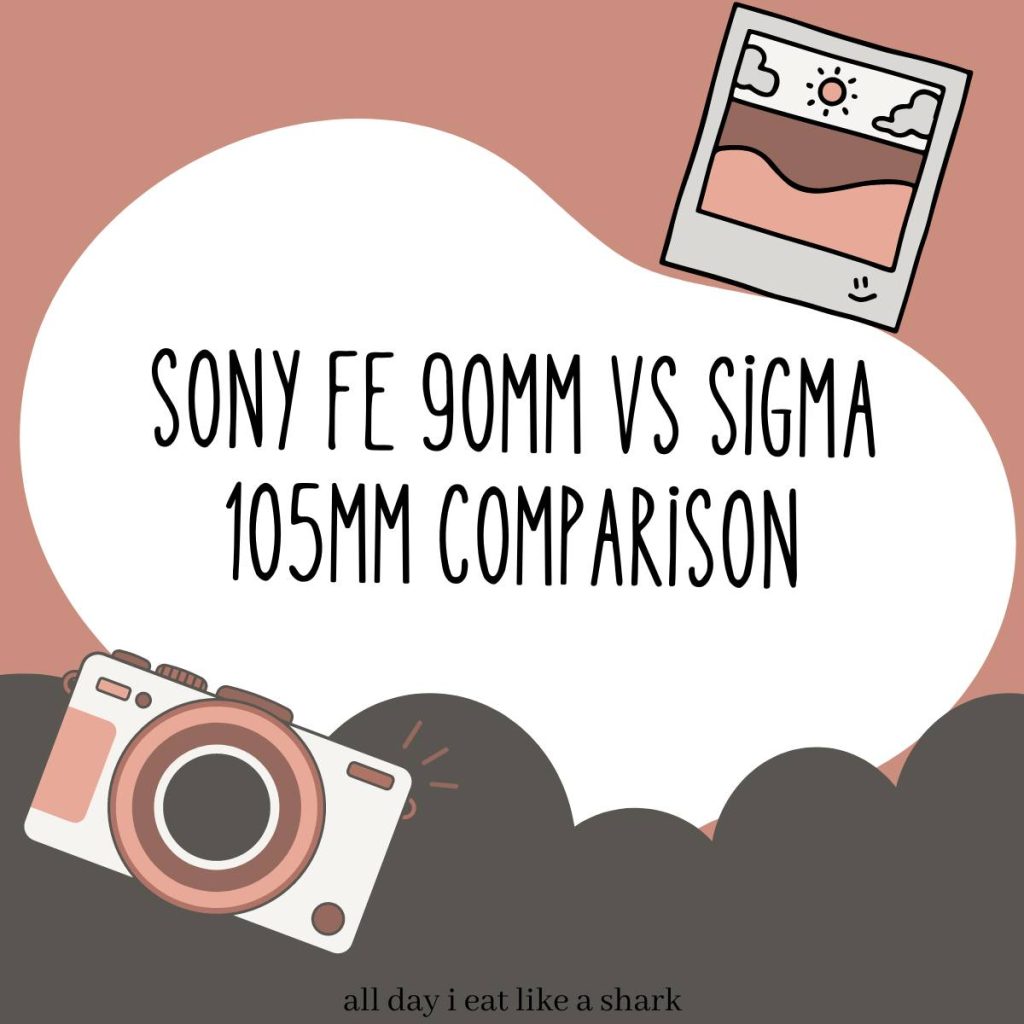
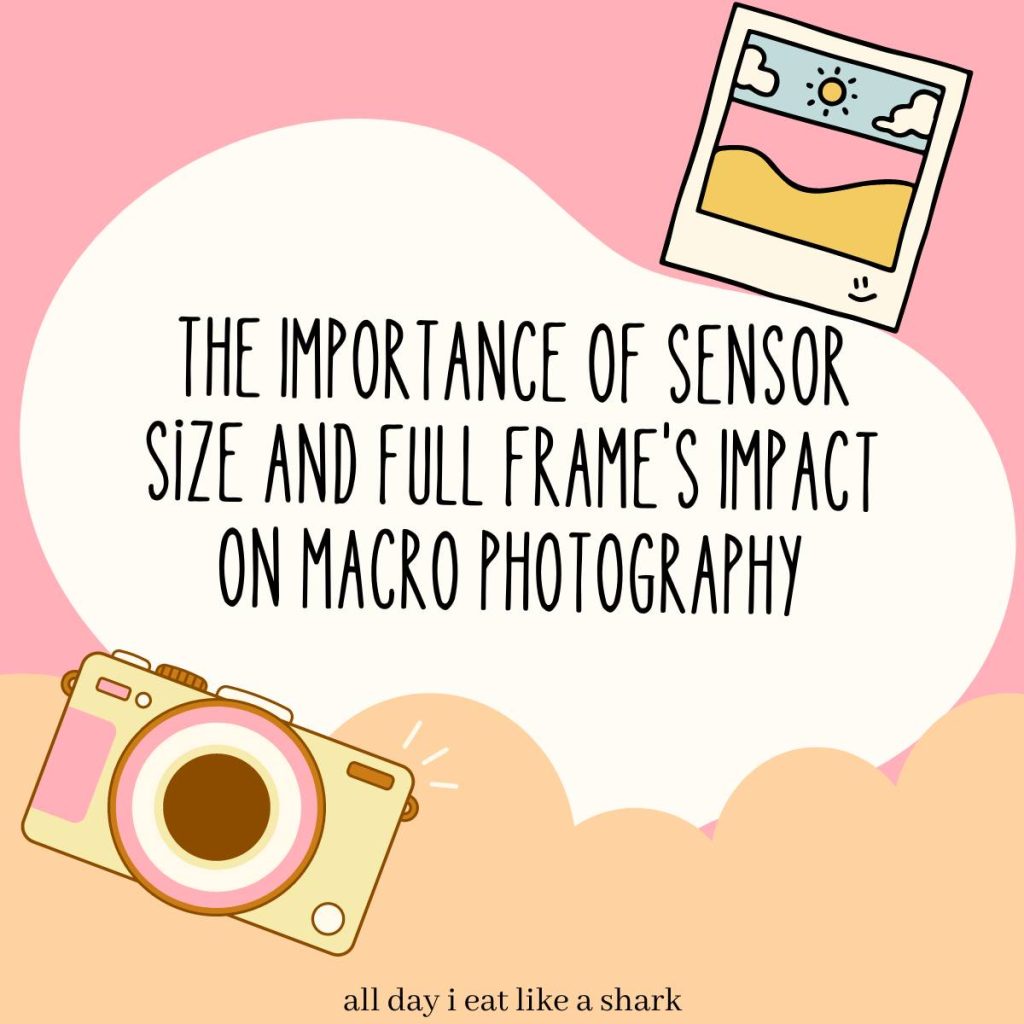
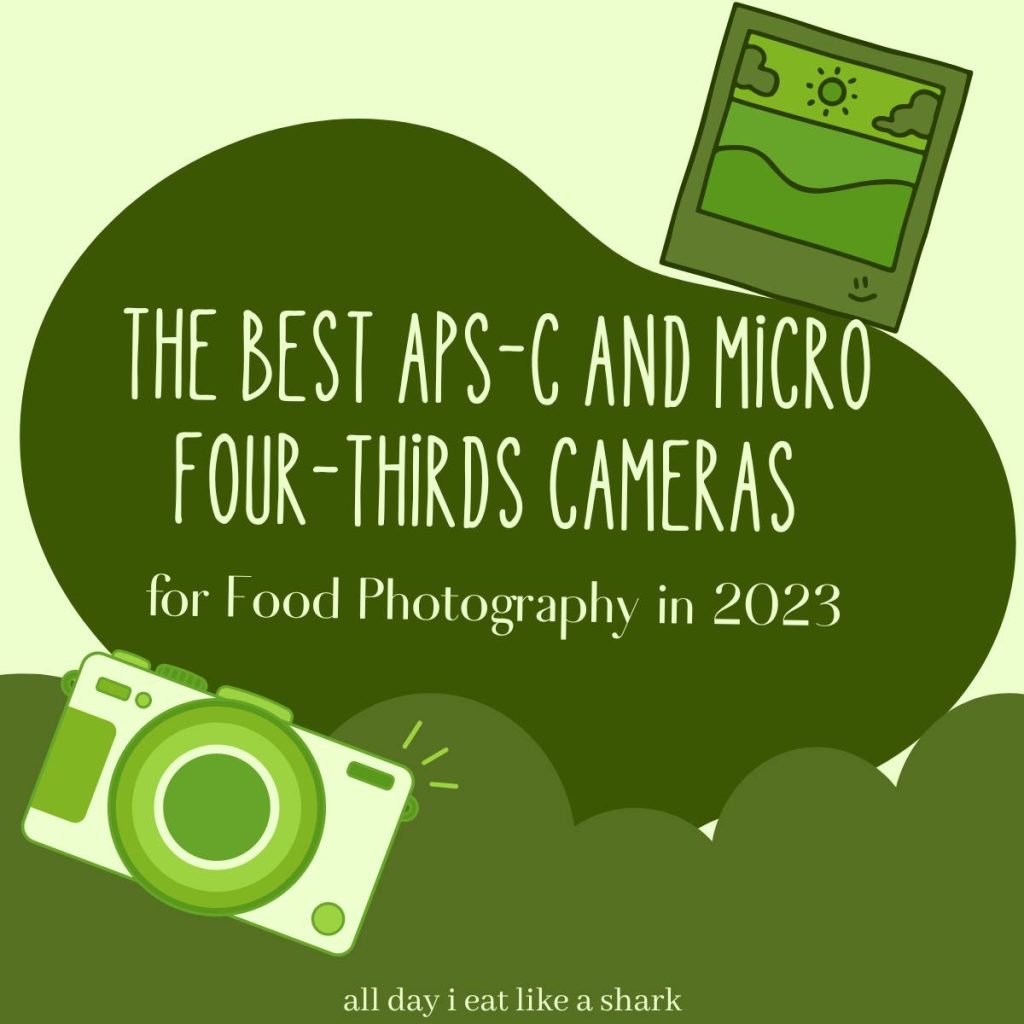
Konnichiwa! (Hello!) I'm Pat Tokuyama, a Japanese tofu cookbook author, who travels for music, food, and adventure. If you like Japanese tea, checkout some of the newestorganic japanese tea, matcha bowls and noren and more!
** Curious about the Plant Based Japanese Cooking Club? ** Learn more here!